Shada Electrical Installation
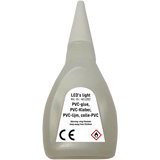

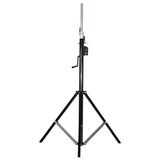

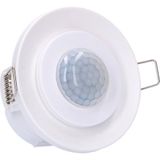






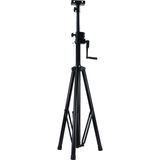


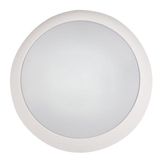

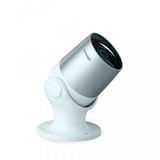

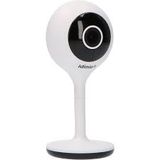
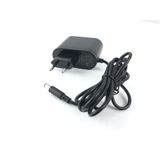


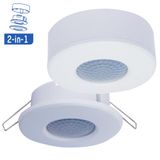
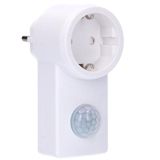
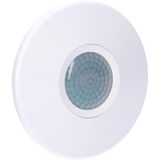
Shada Installation Materials range and use cases
Shada covers the everyday building blocks for neat, durable wiring: junction and connection boxes, cable entry plates and glands, wire duct and trunking, DIN rail and backing plates, labels and ties, plus hardware for ceilings and walls. Boxes are offered flush or surface with solid or clear lids, and plastics include halogen-free/LSZH for occupied spaces alongside UV-stable outdoor grades. Typical protection levels: IP20 inside cabinets, IP54 along corridors, IP65/66 for plant rooms and wash-adjacent areas.
Shada Conduit Systems types and diameters
Pick rigid PVC for straight runs in dry walls, halogen-free conduit for escape routes, and flexible corrugated for tight bends and retrofit drops. Common diameters: 16/20/25/32 mm for outlets and switches; 40/50/63 mm for multi-service risers. Fittings include long-sweep elbows, inspection tees, reducers/enlargers, and compression couplers that hold the claimed IP when fully seated. For exposed ceilings or workshops, steel conduit and galvanized trunking keep lines straight and add mechanical protection.
Boxes, glands, and seals for clean Shada installs
Junction boxes arrive with captive screws, metric knock-outs, and raised bosses for mini-rails or terminal strips. Entry plates accept metric M16–M32 glands; options cover nickel-brass, polyamide, and stainless. Where you need shielding, 360° EMC clamps land braids securely; foam or elastomer gaskets preserve IP after repeated service. Clear lids and label frames make inspection easy in hotels, schools, and retail back-of-house.
Shada Wiring Components terminals and connectors
Push-in and screw-clamp blocks span 0.5…10 mm²; lever types speed small changes during room churn. End-stops, partition plates, and jumpers keep mains and SELV neatly separated. Quick-splice gel connectors support outdoor luminaires; color-coded ferrules and printable sleeves standardize identification across floors.
Rails, brackets, and Shada Mounting Systems
Perforated C-rails, L-brackets, and suspension kits (wire or rod) share hole geometry, so mixing sizes doesn’t break alignment. Pipe and conduit clips come in single or double saddles with soft inserts for vibration or polished finishes. Under-cabinet runs use self-adhesive tie bases backed by screws for long-term hold; corner guards and edge trim finish cut-outs on show faces.
Trunking and mini-trunk profiles for tidy runs
Low-profile trunking along skirting handles power, while divider strips keep data separate; clip-on lids make adds fast without tools. Ceiling coves accept slim profiles that carry small control cables to sensors and switches; look for bend-friendly corners to avoid kinking.
Shada Installation Accessories kits and adapters
Step rings and frame adapters tame legacy cut-outs. Reducer/enlarger bushes convert gland threads, and bulk packs of grommets cover odd cable ODs that show up late. Through-box terminal kits turn a junction into a compact distribution node; pre-terminated pigtails and earth braids reduce small-parts counting during fit-out.
Room-by-room Shada Electrical Installation examples
Apartments and hotels: flush boxes with spacer rings for uneven plaster; corrugated feeds to every outlet for future pulls; compact junctions above wardrobes keep ceilings clean.
Offices and classrooms: surface mini-trunking at desk height for power/data; quick-open junctions for moves/adds; ceiling kits for sensors.
Retail and hospitality: impact-resistant boxes in back-of-house; neat gland plates behind counters; suspension kits for track feeds.
Plant corridors: IP65 wall boxes with stainless fasteners; inspection tees on rigid runs to simplify cable replacement.
Selection and sizing guide for installers
- Conduit Ø: size to fill rate and the tightest elbow; leave ~30% spare for later adds.
- Box volume: allow room for bend radius and splices; plan one size up where dimmers or drivers live.
- Terminations: push-in for ferruled fine-strand; screw-clamp where mixed conductors are expected.
- Materials/IP: LSZH indoors, UV-stable outdoors; gasketed lids and stainless screws near detergents.
- Labeling: fix a single color/legend scheme so maintenance stays consistent across floors.
Procurement and kitting with shada installation hardware checklists
Build per-room kits: conduit/fittings, box size, glands (standard/EMC), rails/brackets, terminals, labels, ties, and fasteners—bagged by room tag so crews don’t hunt SKUs. Keep a service pack per 20 rooms (spare lids, seals, ferrules, tie bases). For outdoor runs, add drain plugs and breathable vents to prevent fogging.
Advantages of working with Bankoflamps
We align pricing with your room schedules and show live EU stock before crews are booked. Quotes typically land in about an hour. Ordering by EAN/MPN prevents variant drift; your portal lists lead times, shipment status, and downloadable price lists. Approved clients can use post-payment up to 30 days. We consolidate partials to cut freight and keep price-validity windows stable across phases. Your account manager cross-checks conduit diameters, box IP, terminal type, gland threads, rails/brackets, and seal kits against your drawings—so cartons arrive site-ready.